 |
|
It’s a question we’ve all asked at some point, albeit in business deals or relationship squabbles. However, it’s the same question that Dale Orosco’s late grandfather asked many times: “What’s the difference?”
He questioned a matter much greater than the day to day troubles of everyday life. A matter of culture, of heritage and more importantly, of people. A people conveniently forgotten, unconsciously ignored and knowingly erased. The native people. We say Amerindian, history books say Caribs and Arawaks or maybe, Tainos and Kalinagos, but Dale Orosco says, “Nepoyo”.
It’s a word I’ve never heard before, neither have I spotted it fleetingly while skimming through history textbooks, but it’s the word he identifies with nonetheless. More than a word, it’s the name of a tribe, the main tribe that has survived. He elucidates the fact that neither are they “Caribs” nor are they cannibals. Just a debasing myth.
He states matter-of-factly, “In Trinidad there was mainly like thirteen tribes.”
Apart from those that died, where did the others go?
He describes it as a “mass exodus”. To his knowledge they returned to Venezuela. As I pry a bit further, so did some of his ancestors. Finally, they have started reconnecting with one another and he has high hopes that he will reunite with them in Venezuela soon.
Ancestry, Lineage, Descent. These are the words we commonly associate with who we’ve come from, and who we will be to the ones that come after us.
Reminiscing, he says, “The largest turtle viewing beach is in Mathura, it’s named after my ancestors.”
I interrupt for him to repeat, since it’s a statement that needs to be said twice. Then he continues, “Orosco Beach was named after my great-great grandfather who happened to be pure blood. He was given the name “Orosco” while he was adopted by the Spaniards. My Amerindian forefathers were from an Amerindian settlement at Matura and during the early 1700s they were rounded up by the Spaniards and placed into an encomienda at what is now called Orosco Road, Matura. A Spanish family with the last name “Orosco” adopted the entire tribe of my ancestors, converted them to Catholicism and gave them their own family name, “Orosco”. Those same Spaniards have intimate relations with my ancestors who later bore them children. The encomienda at Matura did not last long but was disbanded. Many of the Spaniard Oroscos left for Venezuela, leaving my Amerindian forefathers the lands at Orosco Road to cultivate.”
Some Spaniards even married into his family and a few are buried on the lands there. He’s now seeking to reclaim his ancestral lands in Mathura, probably at the behest of his late grandfather, Paul Orosco, who confided a lot in him about his heritage before he died.
Proudly he exclaims, “My grandfather was the last person in Trinidad to make and hunt with bow and arrows traditionally.”

Dale Orosco demonstrating the use of a bow and arrow
He then volunteers to tell me a “little” story about what is known as the “Arena Uprising”.
He begins, “In the late 1600s, my forefathers were involved in the first rebel uprising against the Spaniards. That was when they killed the governor of Trinidad and the Catholic priest.”
At that time, they gathered in Tamana. However, fate would have it that the “first rebel uprising” led to the last time that Amerindians were allowed to wear feathers. If they disobeyed, they gave the Spanish an excuse to kill. Last year, for the first time in a little over 300 years, they were allowed to wear feathers. Generally, feathers indicate a person of importance within the tribe, ranging from the title of warrior to leader, but he wore them in remembrance of his ancestors.
“Different tribes have different colours and stuff. Long ago my colour would offend a next tribe and that would be war,” he chuckles.
We then veer off course, talking about his inherited cultural practices.
“I could tell you someone coming far off in the bush, in the forest because that was handed down to me,” he states.
Enlightening me on the way to fish, he says, “There’s a tree that you actually cut and take the sap, it’s like blood. You use the sap, you put it in the water, all the fish float up.”
However, those that practice the spiritual aspect of their culture are the ones that participate in the smoke ceremony and abide by traditions such as planting crops when a baby is born. They have often been thought of as nature worshippers with Shaman Christo Adonis as a guide to keeping their spiritual customs intact.
“Natives are more in tune to nature,” he confirms.

Ceremonial dance at the Santa Rosa First Peoples Community Center
Although he doesn’t practise the same faith, he does maintain some customs. For example, shooting an arrow into the land to signify that an ancestor has come back. He’s also well acquainted with the different vines, fruits and herbs used for healing purposes and the fibre used to make bow strings and hammocks. He can even tell when the rain is coming and comes from a family of basket weavers. As usual, the conversation turns to food and he talks about making farine, paime and pastelles, a Spanish-Amerindian combination.
Reflection brings fond memories, but change was and is inevitable. The truth is that where the Amerindian presence may have been hefty long ago, they are now either wiped out or have migrated. I remember being told that Princes Town was the largest mission on the island. However, there’s no documented evidence of what took place there. The vibrancy that may have once populated Trinidad with an estimated 40,000 different plumes of feathers in 1592, now has to fight in 2016 for its right to co-exist and survive, with possibly 2000-3000 direct descendants left, Dale averages, not counting the many mixed faces with the trademarked high Amerindian cheekbones and slanted eyes. That’s how the Santa Rosa First Peoples Community had no choice but to evolve from The Mission of Arima to represent their native people.
“What we have now, it’s a community, it’s a group where this group has a Chief, Queen and it’s like a government where there’s a secretary and office staff and stuff like that, that looks after indigenous affairs in Trinidad. It’s the only group recognized by the government,” he expounds.
From constantly doing active research and preserving artifacts, to dealing with land issues, they are now the recognized face of the Amerindian community. Fronted by their Chief Ricardo Hernandez, Queen Jennifer Cassar and also Roger Belix of another group, Partners for First Peoples Development, the Amerindian survivors are in capable hands that have been pushing to bring awareness to their people and their rights. Professor Maximilian Forte of Concordia University in Montreal who specializes in anthropology, has also helped the community in their quest for knowledge of their ancestors.

From left to right, Chief Ricardo Hernandez and Queen Jennifer Cassar at a meeting at the Santa Rosa First Peoples Community Center
One of the last surviving elders is Dale’s cousin, Metrina Orosco Ockille. On the one hand, Dale understands that it’s necessary to excavate and preserve the artifacts in order to learn more about their history especially since when people die, a little piece of history is lost but he isn’t fully in agreement with this because of its invasive nature and the fact that it may lead to desecrating grave sites etc.
However, on a positive note, they’ve also been researching their native language and beginning the process to reinvent it. He explains, “What we are trying to do is to get the meaning of the word, Chaguanas, the meaning of the word, Carapichaima by going to Venezuela because these names, you can find in certain areas in Venezuela and you could identify when you speak with the tribes there.”
Recognition and Respect. These two words ring loudest for him. He wants Trinidadians to recognize and take interest in Amerindian history and respect their contribution in creating a diverse society. October 14th, marks Amerindian Heritage Day which for 2017 has been designated a public holiday named “First Peoples Day”.

Excitedly, he says, “Every year groups come from Suriname, Guyana, and Belize.”
However, our Trinidadian-Amerindians have borrowed the dress that is a mix of North American and Andean traditional wear because it is formal since traditional clothing in Trinidad is made out of palms and may be considered inappropriate when attending functions.
Dale makes it admirably clear that he’s fully committed to preserving his heritage and fulfilling his grandfather’s wishes. So much so that now he is married to another Amerindian who is both Brazilian and Guyanese.
In one sentence, his wife sums up her vivid history by saying, “I’ve seen how they hunt, how they prepare to kill a wild animal and how they catch fish.”
While his story echoes the sentiment, “Our history is suppressed.”
He advises, “You have to identify yourself with your culture.”
He goes on to say, “Our culture is like, almost dead, so the little that we have let us try to preserve it.”
He wants Trinidad to stand together in making changes to be inclusive of all and although the changes may be gradual, at least ten to twenty years down the road we will all benefit from them and as the saying goes, slow and steady, the turtle wins the race.
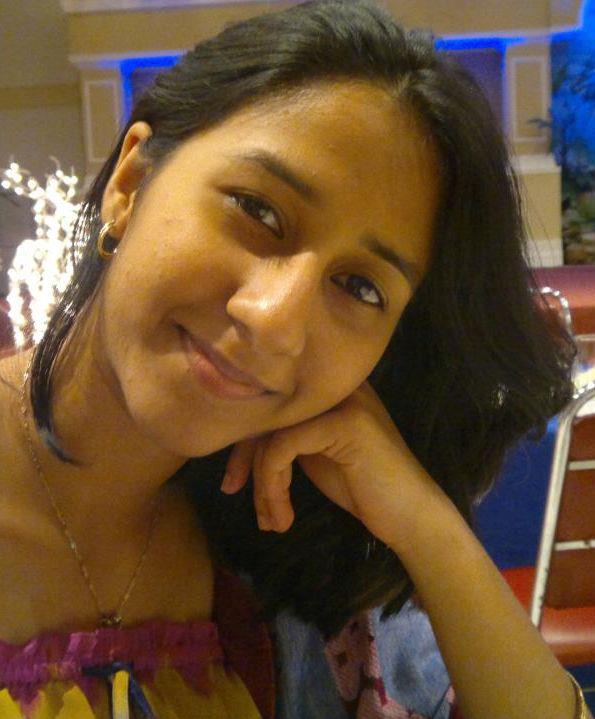 |
By: Aryana Mohammed | FEATURES | October 2017 |
Tweet |
Warning: array_search() expects parameter 2 to be array, null given in /home/paradisepulsea/public_html/pages/article.php on line 87
Warning: in_array() expects parameter 2 to be array, null given in /home/paradisepulsea/public_html/pages/article.php on line 104
Warning: array_search() expects parameter 2 to be array, null given in /home/paradisepulsea/public_html/pages/article.php on line 87
Warning: in_array() expects parameter 2 to be array, null given in /home/paradisepulsea/public_html/pages/article.php on line 104
Warning: array_search() expects parameter 2 to be array, null given in /home/paradisepulsea/public_html/pages/article.php on line 87
Warning: in_array() expects parameter 2 to be array, null given in /home/paradisepulsea/public_html/pages/article.php on line 104


| Subscribe |










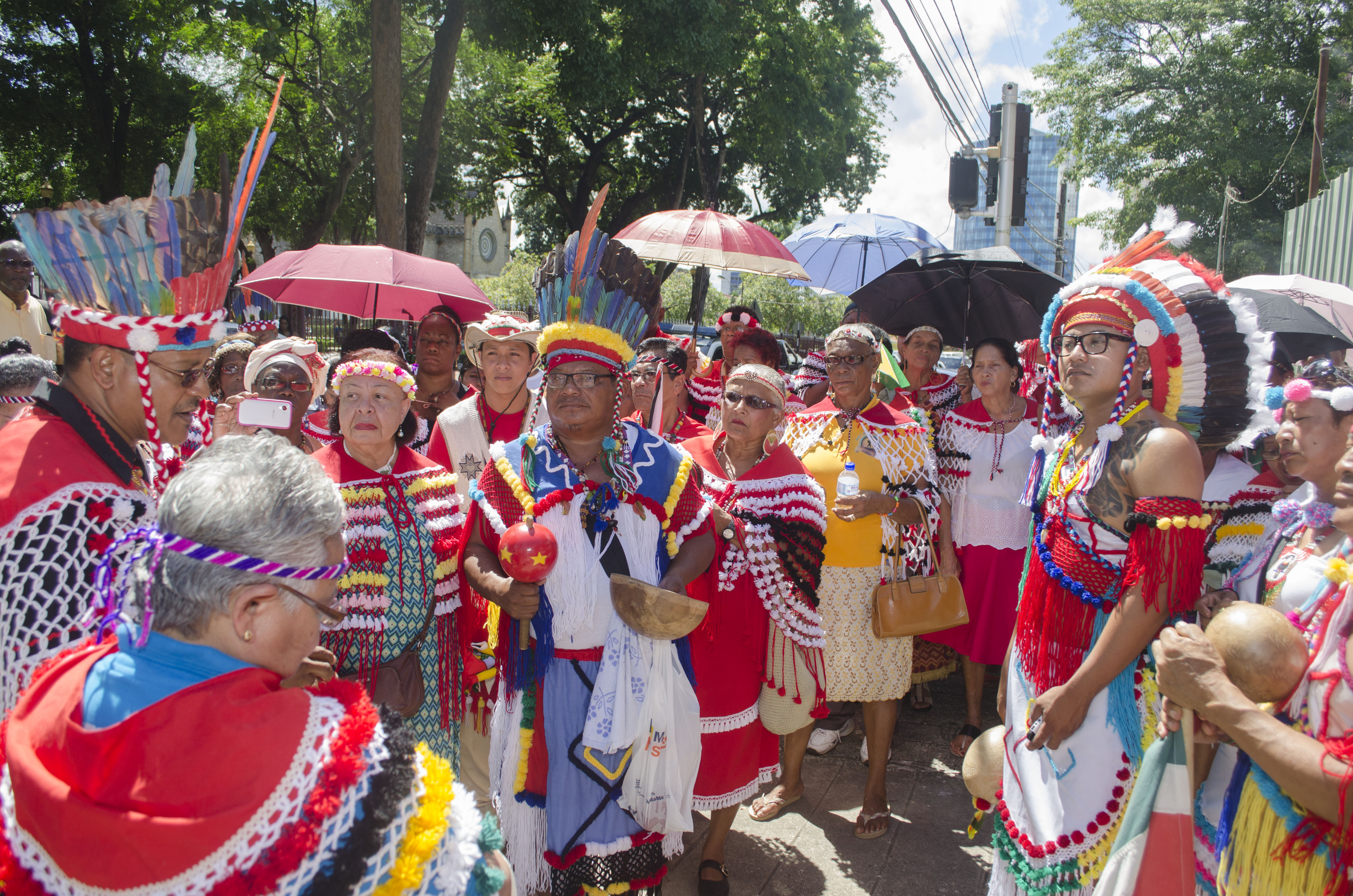
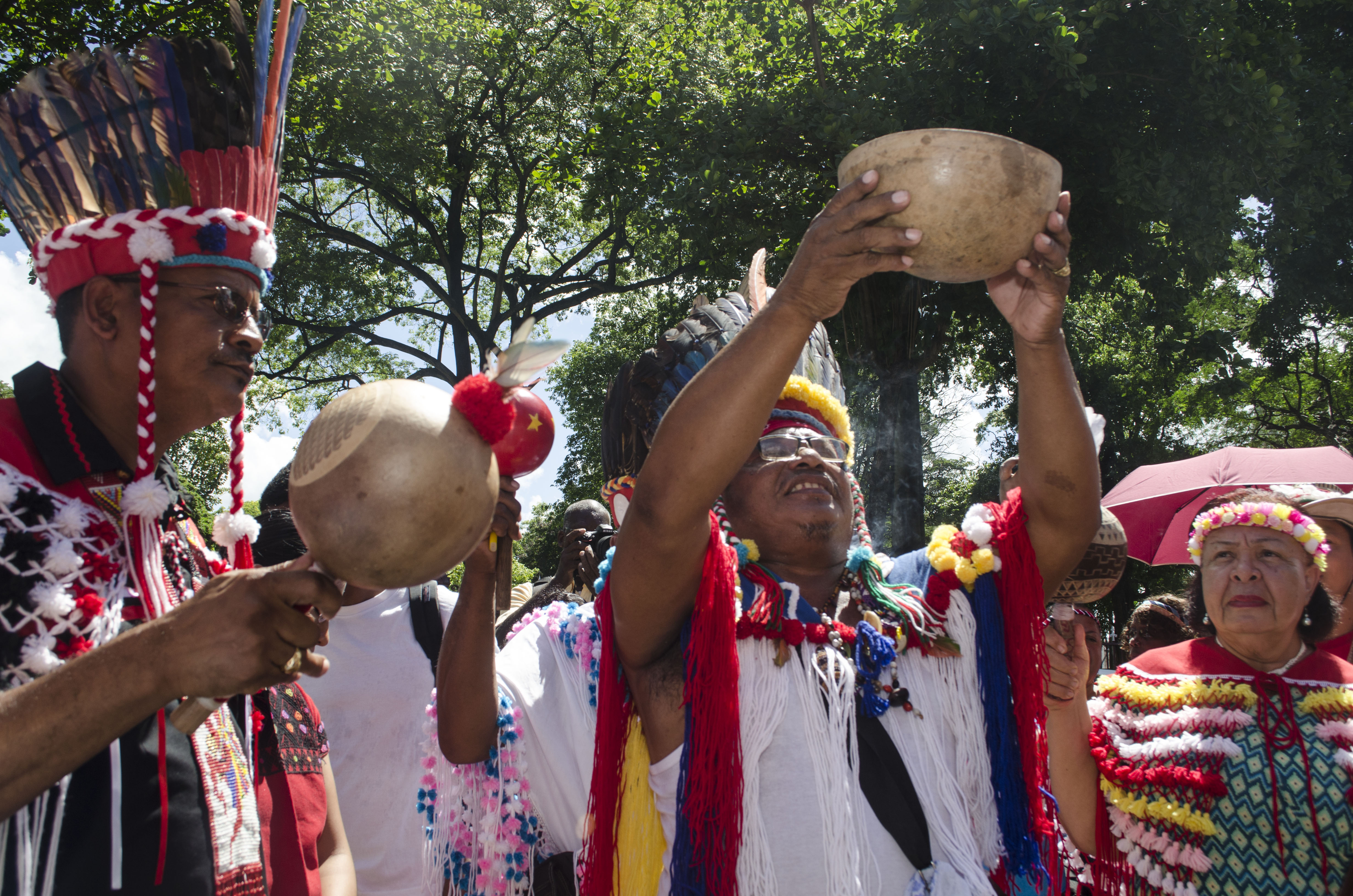
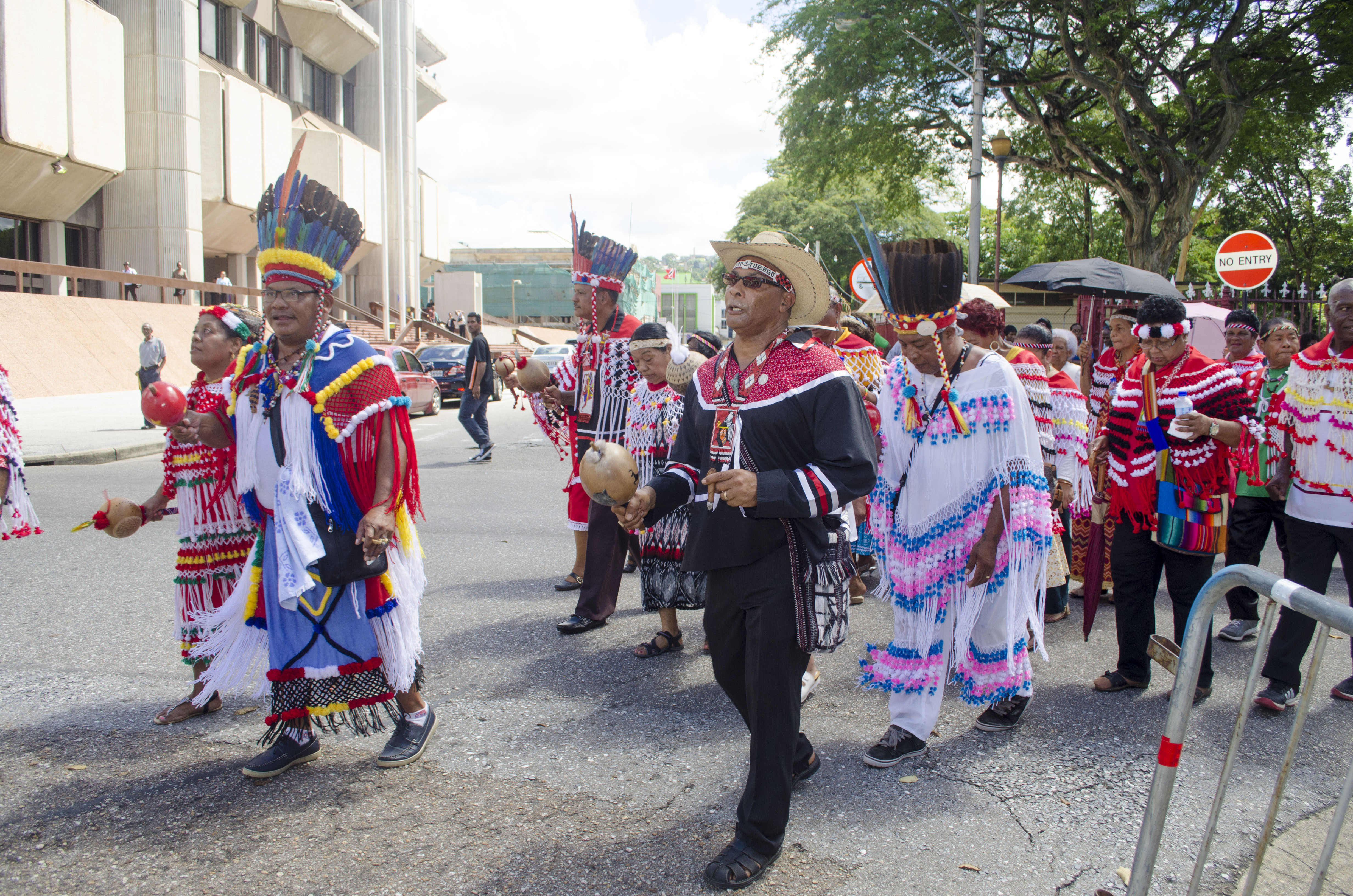
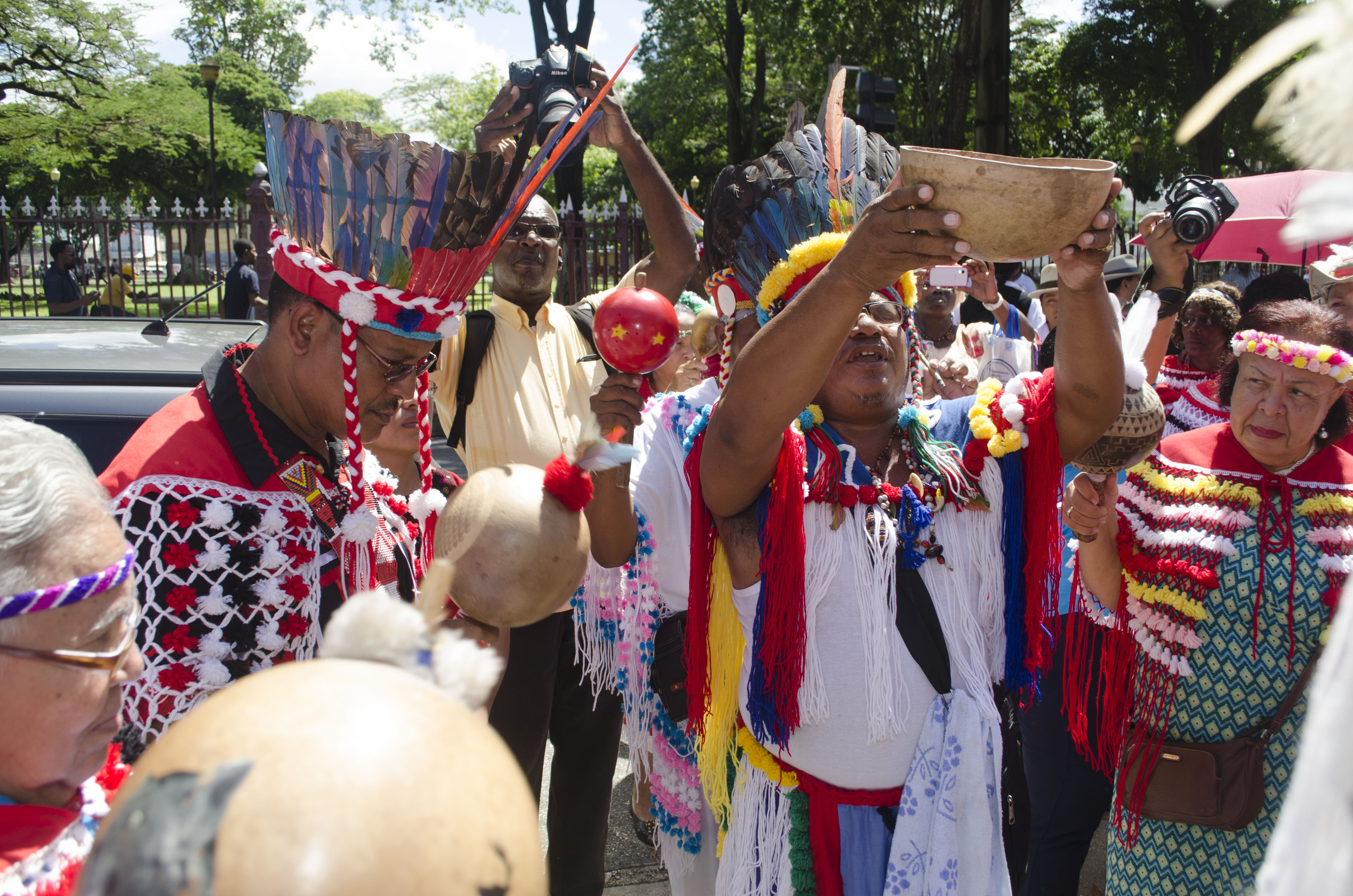
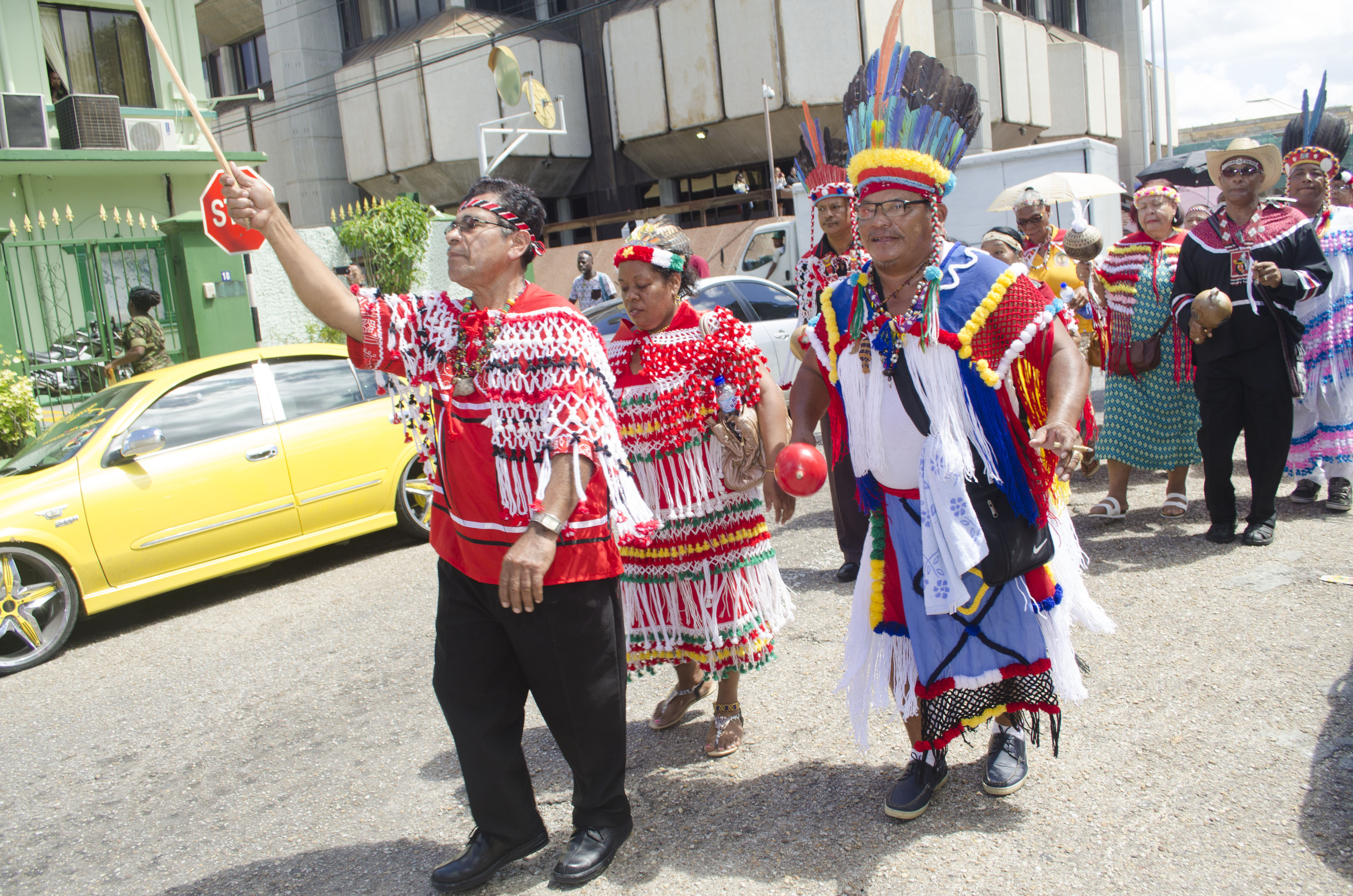
%20-%20Copy.jpg)

